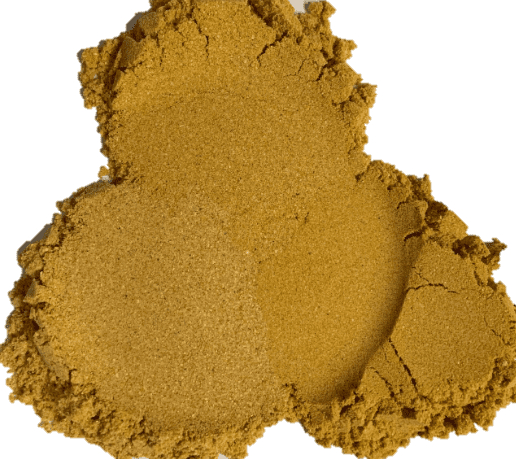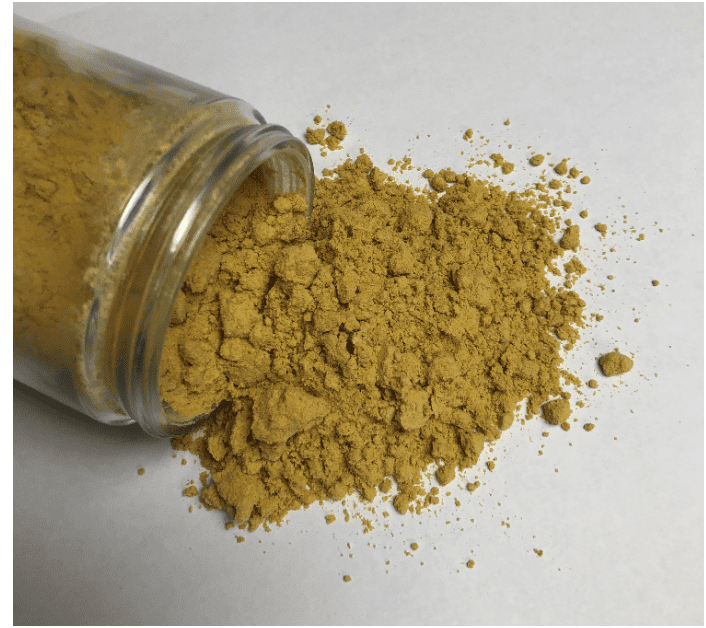Pilih Basa:
ST Equipment & teknologi (STET) Grup téknologi pamisahan bébas cai nembé réngsé tés pengayaan protéin skala pilot dina séréal distillers garing kalayan larut. (DDGS), hasilna mangrupa +15% ngaronjat eusi protéin mutlak tina distillers sisikian ku separation protéin jeung serat. Prosés ieu nawiskeun produsén étanol, atawa pamaké bahan feed, métode revolusioner generating a 50% protéin DDGS ko-produk. The premium high-protein product can be used in monogastric feed applications at high substitution ratios and, kituna, can be sold at a premium.
Prinsip operasi tina separator STET nyaeta separation éléktrostatik. Electrostatics has a large number of real-world industrial applications. Panginten conto anu paling relevan tina fenomena éléktrostatik nyaéta pangaruh ngagosok balon dina rambut jalma.. Salaku balon, dijieunna tina karét, datang kana kontak jeung bulu manusa, balon karét ngaluarkeun éléktron tina rambut. Alesan keur ieu alatan éléktronégativitas tinggi (i.e., karaketan pikeun éléktron) tina karét. The result is the balloon is left with a net negative charge due to extra electrons, jeung bulu anjeun boga muatan positif.
Tangtosna, kawas muatan silih tolak, your hair stands up on end to maximize the distance between other, positively charged strands of hair. Dina kasus DDGS, protéin, and fiber acquire opposite electrical charges upon contact with each other – allowing them to be separated from each other in the high-strength electric field of the STET separator.
ST Equipment & Technology offers a method to differentiate ethanol-produced distillers grain by increasing the protein content and thus the value of the distillers grain as a feed ingredient. By processing with the STET separator, eusi protéin DDGS ngaronjat nepi ka 15% absolute by removing fiber. The benefit of this process is that the protein-rich (50% protéin) DDGS is usable as a higher-value feed ingredient and can be sold at a premium.
The STET pamisahan éléktrostatik process is completely dry, merlukeun euweuh cai atawa kimia. SEPARATOR STET beroperasi terus-terusan, has a high rate (nepi ka 20 ton per jam), sarta meakeun saeutik énergi (ngeunaan 3-4 kWh / bahan input ton).

Mangpaat prosés STET pikeun paningkatan protéin DDGS:
Hubungi kami ayeuna pikeun diajar kumaha STET tiasa ngabantosan kauntungan tina prosés bioétanol anjeun!

Dried distillers grains (DDGs) are a co-product of the ethanol production process and are predominantly made from corn. DDGs are created after the fermentation process where the starches in the grain have been fermented and distilled to produce ethanol. The remaining product, which contains proteins, fibers, oils, and other nutrients, is dried to reduce moisture, making it safer for storage and shipping. DDGs are widely used in livestock feed, providing a cost-effective and nutrient-rich supplement to animal diets.
Wet Distillers Grains (WDGs) and Dried Distillers Grains differ primarily in their moisture content. WDGs have a higher moisture content and are often used locally due to their perishable nature and higher transportation costs. Sabalikna, DDGs have been dried to decrease moisture, making them more stable for long-term storage and long-distance transport. The drying process offers more flexibility in their usage and extends their shelf life significantly.
While distillers grains are a valuable feed ingredient, there are some limitations to consider. Contona, due to high fiber content, excessive inclusion in diets of monogastric animals (like pigs and poultry) can lead to digestive issues. Sajaba, their higher fat content can result in storage and handling challenges, such as becoming rancid if not managed properly. Nutrient balance is also crucial as high phosphorus levels in distillers grains can necessitate additional adjustments to the feed diet to prevent mineral imbalances in animals.
Distillers grains are not intended for human consumption in their traditional form. They are specifically designed as animal feed due to their nutrient profile, which may not align with human dietary requirements. Sajaba, the processing involved in ethanol production means DDGs contain residual elements that are not suitable for human consumption. Sanajan, research is ongoing into extracting valuable nutrients from distillers grains that might be beneficial for human food products.
Distillers grains are rich in nutrients, particularly protein and fiber. They typically contain about 25-30% protéin, making them a highly efficient protein source for livestock. They also have significant levels of essential amino acids, vitamins, and minerals. The specific nutritional composition can vary depending on the grain source and processing methods used. This nutrient density makes them an excellent supplement to feed rations in livestock production, enhancing growth and productivity while offsetting traditional feed costs.